9 August 2015
Denver Art Museum's latest exhibit, Castiglione: Lost Genius, is an interesting experience when taken in its totality. That is to say, it's not always the art that captures the imagination. Sometimes it's the wild behind-the-scenes messiness of Castiglione's life that conjures up drama worthy of a Hollywood period flick set in the 17th century.
Artist. Thief. Assassin. Imagine it. Giovanni Benedetto Castliglione was accused of threatening to throw his sister off a rooftop. Castiglione threw punches with about the same frequency as verbal barbs. All of that set the stage for a challenging artistic career, one which saw Castiglione bounce around Italy, sometimes in an effort to save his own life.
With that as a backdrop, it's interesting to see Castiglione the artist and salesman at work. As shown in the below detail, the etching on the altar is Castiglione's own signatures. That's a humorous display of hubris.

But Castiglione also shows an eerie, almost Dali-esque, side to his work in the following, which features ghastly 17th-century ghouls that speaks of the temporal nature of human life.

The exhibit includes a free audio tour, accessed via the visitors' own mobile devices and the DAM's Wi-Fi, as shown below left. It's a really good assessment of 14 key pieces in the exhibit and it's highly recommended, even if it means accessing the tour via cellular data in the event the museum's Wi-Fi is inaccessible, as it was during my visit on members' preview day.
Below right is what could be considered Castiglione's calling card. The exhibit breaks down the elements of this piece, calling out the feathered cap worn by the artist, the wreath and other elements that intend to designate Castiglione as a master artist and a hero. Keep in mind in Castiglione's day the word "genius" meant something more along the lines of inspiration or influences than today's assessment of brilliance.
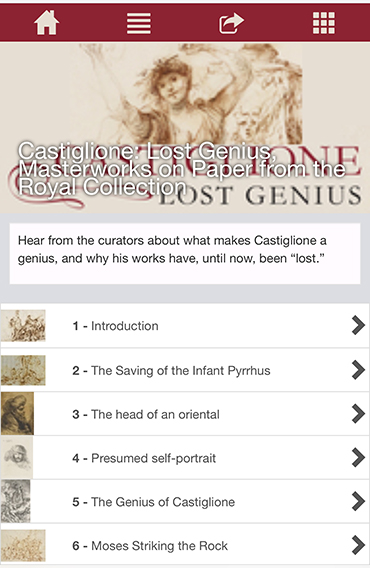
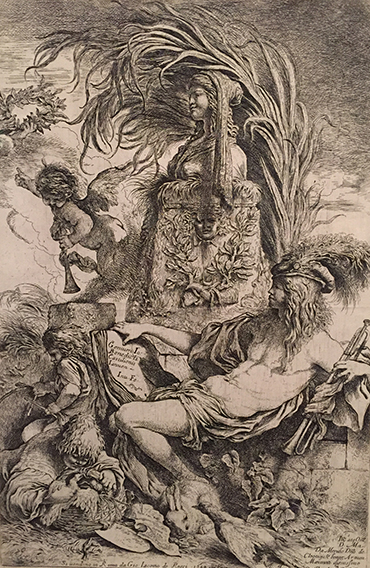

If the above self-portrait looks something like a Rembrandt sketch, it's no coincidence. Castiglione studied Rembrandt's work; the Dutch master was a mere 3 years older than Castiglione.
Photos taken with the iPhone 6 Plus
1 August 2015

Check out this really cool exhibit, Revolt 1680/2180, a collection of works by Virgil Ortiz currently on display at the Denver Art Museum. Ortiz is a multi-hyphenate (fashion designer-photographer-ceramacist-graphic artist) from Cochiti Pueblo, New Mexico.
The collection of 31 clay figures is part history, part future history. As DAM describes it, "don't expect to see clay pots against white walls."
Starting with figures representing the historical 1680 Pueblo Revolt, the displays move on to a sci-fi spin of the historical stylings from 350 years ago. It's cool. It's stylish. It's history through modern eyes.
As Ortiz explained to DAM in On and off the Wall (May/June 2015), "It's a story of freedom, self-determination and empowerment, and a story that I think resonates not just in the native community. We have survived persecution and marginalization over the past few centuries, yet we survive, we persevere. More important, we have endured."

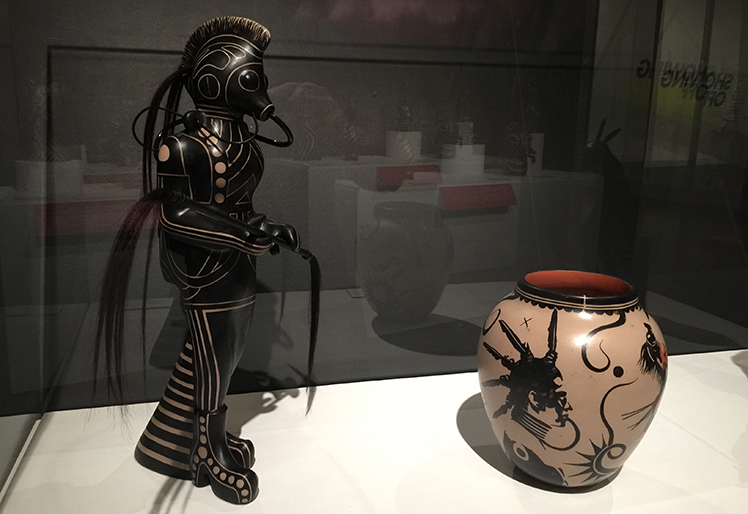
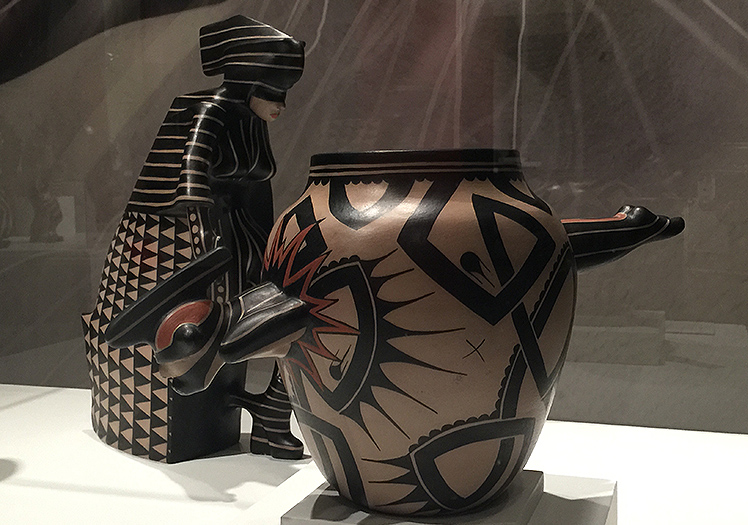
Photos taken with the iPhone 6 Plus
1 March 2015
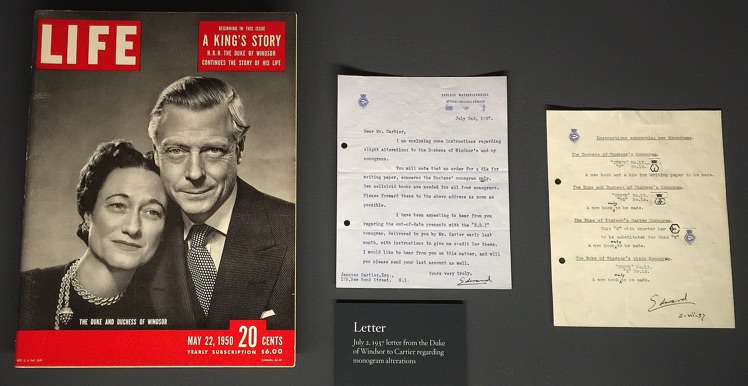
I thoroughly enjoyed Brilliant: Cartier in the 20th Century at the Denver Art Museum Friday evening. As a DAM member, I participated in their orientation session and learned some cool Cartier history, such as the deal that was struck with a woman who repeatedly stood outside the New York City store, window shopping. Cartier scored quite a sweet real estate deal with her.
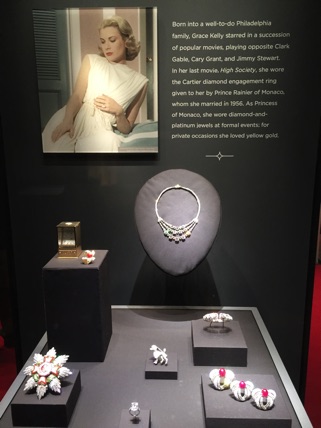
While the displays of priceless opulence were in and of themselves terrific to look at, it was the history that really pulled me into the world of high-end luxury. Movie stars naturally gravitated to Cartier's immaculate accessories, things like exquisite cigarette cases and lighters. And there are also those wrist watches. I had no idea Cartier made the first wrist watch - for a pilot who couldn't take the time to pull a watch out of his pocket. He needed it on his wrist.
In my book, learning stuff like that is every bit as priceless as the goods on display. And that includes the competitiveness between Cartier and Faberge. Having been to Russia, even I have an appreciation for Faberge's eggs.
The Cartier family, particularly in the first half of the 20th century, was mighty business savvy. They spotted trends and made trends; several years after they shook up the jewelry world with funky new designs, it finally got a name: Art Nouveau and their works fit right in with Klimt and the gang. They even managed to integrate authentic pieces from King Tut's tomb into their own collection. I was amused to see those pieces on display. I picked up some trinkets in Cairo and Luxor that look similar to those Cartier put into service. Mine... Well, mine aren't nearly as bedazzled and pricey. Mine are still humble souvenirs.
Photos taken with the iPhone 6 Plus



